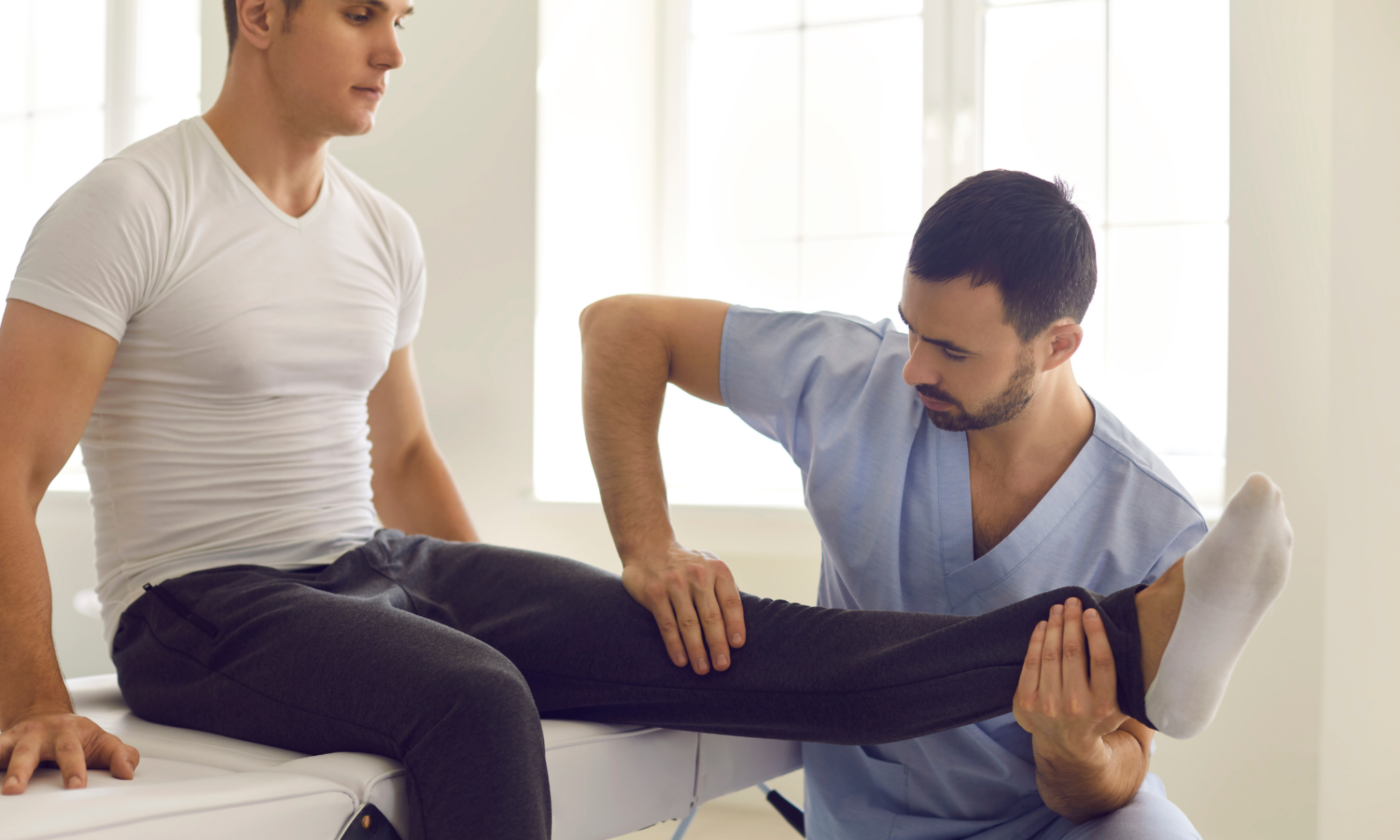
Getting through surgery was one thing. Recovery was another. The smallest tasks became difficult. Lifting a spoon. Standing. Walking across a room. My muscles didn’t work like they used to. I didn’t expect that. I thought the pain would fade and strength would return. But nothing moved right. My body felt unfamiliar. I knew I needed help. But I didn’t know what kind. Someone mentioned physical therapy. I thought it was just stretching. I didn’t know it would change everything.
The first session didn’t feel like progress—it felt like exposure
They asked me to walk. Just a few steps. My leg trembled. I sat quickly. The therapist didn’t react. They just nodded and wrote something down. Then they asked me to lift my leg. I couldn’t. My body ignored me. That silence between thought and motion made me nervous. I felt exposed. Broken. I wasn’t ready for that feeling. But the therapist kept things calm. No pressure. Just questions. That first hour wasn’t progress. It was permission to begin.
It wasn’t just about movement—it was about retraining trust
My body didn’t trust itself. I stepped wrong. I winced before anything even hurt. Physical therapy started there. Teaching my body what was safe. What it could do. What it should stop fearing. I thought it would be about strength. But it was also about confidence. Movement after injury is more mental than I realized. They didn’t force motion. They rebuilt belief. Slowly. Carefully. Repetition wasn’t just physical—it was psychological reinforcement.
Pain didn’t disappear, but I learned which kind mattered
Everything hurt in the beginning. My knee ached. My back stiffened. I wasn’t sure what was normal. The therapist helped me separate pain that meant effort from pain that meant danger. That distinction mattered. One pain pushed me forward. The other set me back. I stopped fearing all discomfort. I started listening more closely. The soreness in the morning didn’t scare me anymore. Because now I understood what it meant.
Recovery didn’t follow a straight line—it zigzagged every week
Some days I walked farther than expected. Other days, I couldn’t get through a session. Progress vanished, then returned. My therapist kept a journal. I saw patterns in the zigzag. Good days followed hard ones. Setbacks didn’t mean failure. They were pauses. That changed how I saw recovery. I stopped expecting linear results. I started measuring in moments instead of milestones. That made everything feel more possible.
I didn’t expect breathing to be part of it
One session, I struggled to finish a simple movement. The therapist asked about my breathing. I wasn’t. I was holding my breath. Tensing everything. Expecting pain. They guided me to inhale on effort, exhale through release. It helped immediately. My body moved easier. I hadn’t realized how tight breath made everything. That moment stayed with me. Breathing wasn’t background. It was part of the repair.
I learned to feel every joint again
I used to move without thinking. After the injury, everything needed focus. How my ankle rolled. How my hip tilted. I became aware of every angle. Every joint position. The therapist showed me how one motion connected to another. That awareness was exhausting at first. But eventually, it became knowledge. I felt my own body more clearly. I noticed misalignments I used to ignore. That changed how I moved through daily life, not just therapy.
Scar tissue wasn’t just tight—it was stubborn
My scar felt like rope. It pulled. It resisted. I assumed it would loosen with time. It didn’t. The therapist worked on it directly. Gentle pressure. Then firmer. It burned sometimes. But after each session, I felt more flexibility. Scar tissue needs movement to soften. It doesn’t stretch like skin. It needs consistent coaxing. That part of healing isn’t talked about much. But it was one of the hardest to overcome.
I started noticing progress outside the clinic first
Lifting groceries. Walking stairs. Opening jars. Those were the signs that therapy was working. I hadn’t expected that. I thought I’d see progress in the clinic first. But it showed up in the kitchen. In the parking lot. That’s when I knew something was changing. The world outside therapy was becoming easier. And that’s where recovery really lives—in daily function, not sessions.
Therapy didn’t just help the injury—it helped everything around it
My injured leg felt better. But so did my back. My balance. My sleep. I realized how much the injury had changed everything. I’d been compensating without knowing it. Shifting weight. Avoiding pressure. Holding tension. Physical therapy corrected more than the injury. It reset patterns that had crept in silently. That full-body impact surprised me. Healing wasn’t just local. It spread.
I didn’t know rest could slow recovery down
I thought more rest would speed healing. But inactivity made things worse. Muscles tightened. Pain increased. Rest mattered. But movement mattered more. The therapist explained how blood flow brings nutrients. How motion signals repair. I started walking more, even on tough days. It helped. Not fast walking. Just presence in motion. That changed my mindset. Recovery doesn’t mean stillness—it means the right kind of effort.
I stopped waiting to feel “ready” and just started doing
I kept saying I’d try more once I felt stronger. Once the pain faded. But that day never arrived on its own. My therapist said, “Start small, now.” I did. I bent halfway. I held the pose. It hurt. But nothing broke. Readiness wasn’t a feeling. It was a moment of decision. That changed how I approached everything afterward.
Source: Best Orthopedic Surgeon in Dubai / Best Orthopedic Surgeon in Abu Dhabi
